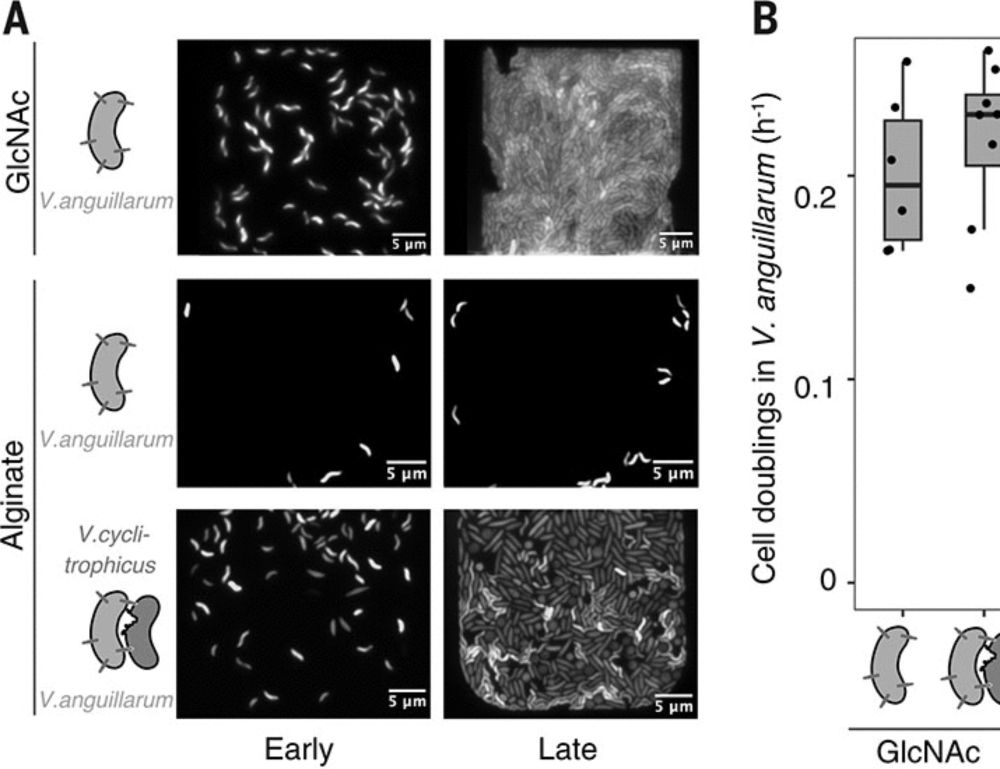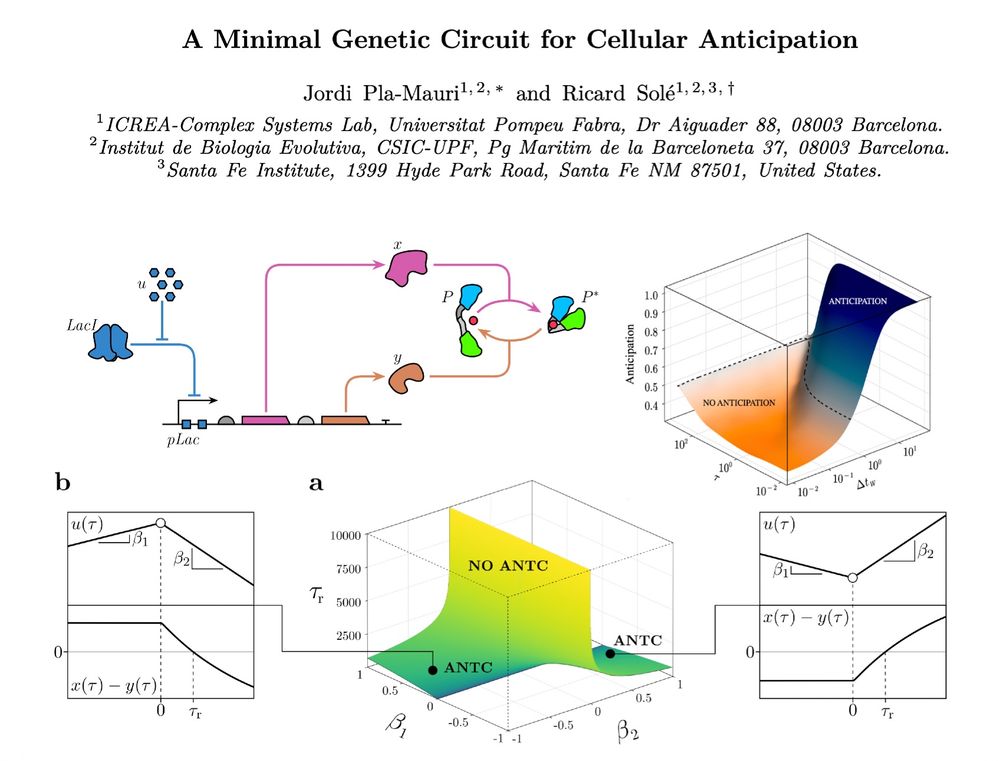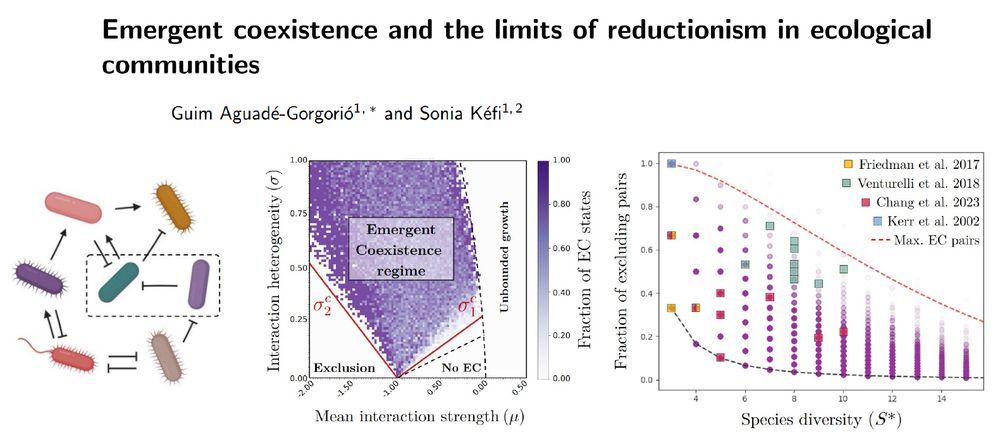Pierre Millard
@pierremillard.bsky.social
86 followers
84 following
20 posts
Systems biologist at Toulouse Biotechnology Institute, INRAE, France
Member of MetaboHub consortium
❓️ Focus on microbial metabolism for biotechnology and health
🛠 Main tools: modeling, fluxomics, metabolomics, isotope-based approaches
Posts
Media
Videos
Starter Packs
Pinned
Reposted by Pierre Millard
Reposted by Pierre Millard
Reposted by Pierre Millard
Reposted by Pierre Millard
Reposted by Pierre Millard
Reposted by Pierre Millard
Reposted by Pierre Millard
Glen Dsouza
@nonresidentdesi.bsky.social
· Jun 13

Antagonism as a foraging strategy in microbial communities
In natural habitats, nutrient availability limits bacterial growth. We discovered that bacteria can overcome this limitation by acquiring nutrients by lysing neighboring cells through contact-dependen...
www.science.org
Reposted by Pierre Millard
Julien Luneau
@juliensluneau.bsky.social
· Aug 20
Snorre Sulheim
@sulheim.bsky.social
· Aug 20

Microbes release lower-value metabolites at higher rates
Microbes release a wide range of metabolites into their environment, yet the reasons for this release and the factors that influence release rates are not well understood. Here, using a combination of...
www.biorxiv.org
Reposted by Pierre Millard
Reposted by Pierre Millard
Reposted by Pierre Millard
Reposted by Pierre Millard
Reposted by Pierre Millard
Reposted by Pierre Millard
Reposted by Pierre Millard
Reposted by Pierre Millard
Philip Ball
@philipcball.bsky.social
· Sep 5

Rethinking RNA-binding proteins: Riboregulation challenges prevailing views
The advent of system-wide proteomic approaches has largely expanded the number of
RNA-binding proteins (RBPs). This review discusses how recent discoveries are transforming
our understanding of biolog...
www.cell.com
Reposted by Pierre Millard
Olivier Borkowski
@oborkowski.bsky.social
· Aug 29

Strategies and applications of synthetic cell communication - Nature Chemical Biology
Recent advances in engineering bottom-up synthetic cells have created powerful compartmentalized biochemical reactors with cell-like abilities. To push the boundaries of the collective capabilities of...
doi.org
Reposted by Pierre Millard
Reposted by Pierre Millard

















